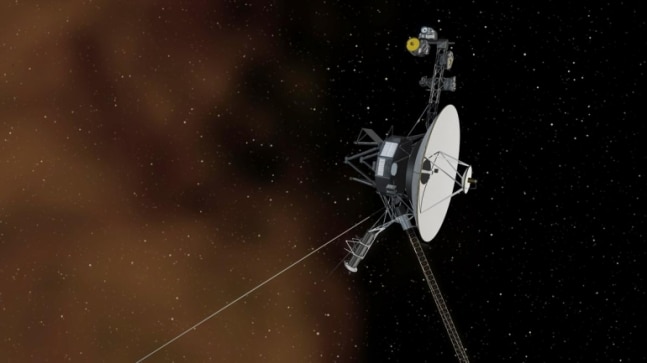Probe Voyager-1 has been in an inter-star space for more than a decade after crossing the heliosphere in 2012, the limit where the impact of the sun ends. Space aircraft lifts alarm bells on earth when articulation of attitudes and control systems (AACS), which makes the probe antenna pointing on earth, starting to send chaotic information about its health.
After months of accessing and analyzing the probe system, engineers have now solved problems that affect data from Voyager 1. Since then the team has found a chaotic source of information: AAC has started sending telemetry data through an onboard computer that is known to have stopped working years ago, and the computer ruined information,” Nasa said in an update.
After identifying the problem of the investigation, which takes 21 hours 45 minutes 45 seconds to be sent, and the same amount of time to receive data from Earth, engineers try a low risk solution and order AACS to continue sending data to the right of the computer.
Nasa said that while the engineers did not know why AAC began to direct telemetry data to the wrong computer, they speculated that they received the wrong commands produced by other onboard computers. And if that’s the problem, they suspect more problems to be followed in the future as spacecraft, which was built for five years in space, completed 45 years of operation.
“We are happy to have telemetry again. We will read full memory from AAC and see everything he has done. It will help us try to diagnose problems that cause telemetry problems. So, we are very optimistic, but we still have more investigations to be carried out, “Suzanne Dodd, Voyager project manager, said in a statement.
Probe Twin Voyager -Voyager -1 and Voyager -2 -both escape our solar system and are exploring inter -star space. The twin probe was originally designed for the mission of only five years, which was then extended to 12, where they explored the planets outside the solar system, radiant unique images and data about the world which lies billions of kilometers from far from us. Probe carries a gold record containing a picture of life on earth, a diagram of basic scientific principles, and audio which includes sound from nature, greetings in various languages, and music.
Supported by a radioisotope thermoelectric generator, which contains plutonium, probe is closer to the last days of operation. When plutonium decays, the fuel pushes it forward will decrease, forcing spacecraft to slow down or finally the end of life. But, before that happened, the two probes remained at the spearhead of space exploration.

